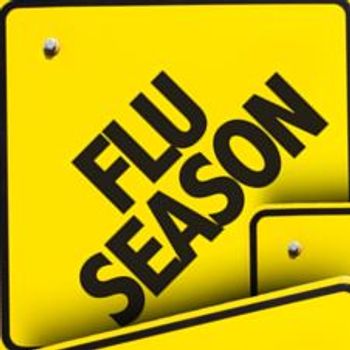
AHA: Door-to-Balloon Time Shortened by Simple Strategies
CHICAGO -- Six simple strategies can cut precious minutes from the critical time needed to get a patient with an ST-segment elevated myocardial infarction from the hospital door to the cath lab for primary reperfusion.
CHICAGO, Nov. 13 -- Six simple strategies can cut precious minutes from the critical time needed to get a patient with ST-segment elevated myocardial infarction from the hospital door to the cath lab for primary reperfusion.
Hospitals that implemented just two of the six strategies had an 88-minute average door-to-balloon time, which was two minutes faster than the 90 minute window recommended by the American College of Cardiology and American Heart Association, said Harlan M. Krumholz, M.D. of Yale, and colleagues.
Hospitals that routinely implemented four of the six strategies cut 11 minutes off door-to-balloon time, he said.
Dr. Krumholz and colleagues identified the success of the winning strategies in a survey of 365 hospitals. He reported the findings here today at the American Heart Association meeting. Simultaneously, the New England Journal of Medicine published the paper by Dr. Krumholz and colleagues online.
Elizabeth H. Bradley, Ph.D, also of Yale, the lead author, said a beauty of the six-strategy plan was the bottom-line-"these strategies don't cost money, but do improve patient care."
Dr. Krumholz added that implementing the strategies turns skeptics into believers. "When we started everyone said it couldn't be done in less than 90 minutes," he said. "Now people are talking about a 60-minute goal."
The American College of Cardiology, along with the AHA, seized upon the publication of the study to launch a national quality campaign aimed at cutting door-to-balloon time to shorter than 90 minutes.
Ray Gibbons, M.D., president of the AHA and a professor of medicine at the Mayo Clinic in Rochester, Minn., said, his institution has implemented five of the six strategies.
The Mayo Clinic has not yet been able to initiate transmission of ECG results from EMTs enroute to the hospital, a strategy that Drs. Bradley and Krumholz said shaved more than 15 minutes from door-to-balloon time (P=0.001).
Dr. Gibbons said the problem was "a lack of reliable cell phone communication in our area."
Currently the door-to-balloon time at the Mayo Clinic averages 64 minutes.
Newsletter
Enhance your clinical practice with the Patient Care newsletter, offering the latest evidence-based guidelines, diagnostic insights, and treatment strategies for primary care physicians.



























































































































































































































































































